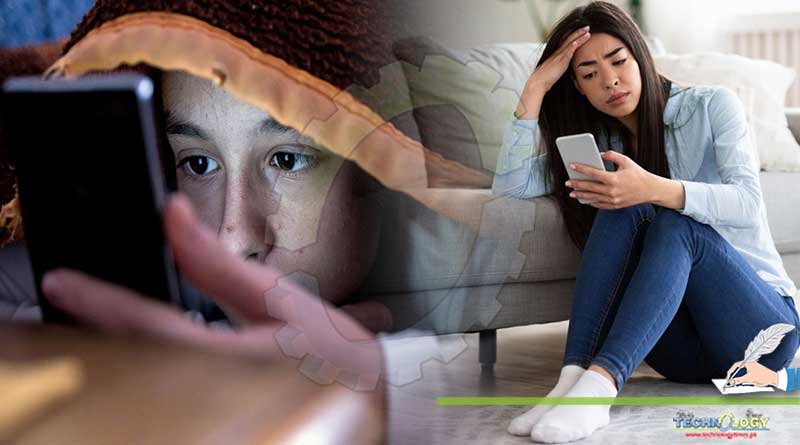The tendency to continue scrolling and reading bad news, even though it may be distressing, is a recent phenomenon known as doomscrolling.

With the world at our fingertips, our ability to stay informed and exposed to what’s happening around us has exponentially increased.
This, however, is not always a good thing.
The tendency to continue scrolling and reading bad news — even though it may be distressing — is a recent phenomenon known as doomscrolling. Although the concept was common practice before the coronavirus pandemic, quarantine and an onslaught of taxing news means more people are spending longer scrolling and refreshing.
“You just kind of scroll with dread that there’s nothing good happening in the world,” says fourth-year medical science student Junayd Hussain.
When surrounded by bad news — a pandemic, civil unrest and financial disparity — it’s natural to follow one of two coping mechanisms: either you avoid everything or fixate on every single detail. Those who do the latter are doomscrolling — searching for answers that will quell their anxieties. Unfortunately, those answers don’t exist and instead we are faced with a bombardment of more bad news.
The circulation of bad news influences social media algorithms and our own psychology.
In an interview with Wired, research scientist Mesfin Bekalu said that humans have a natural tendency to pay more attention to negative news, which has only gotten worse due to long exposures of violent content on television.
This natural tendency is known as the “negativity bias” — registering negative moments more readily and dwelling on bad events. It’s a result of our evolutionary process — in early human history, negative threats were the difference between life or death. Paying attention to the bad meant surviving, so this fixation on negativity is our brain trying to keep us safe.
As an increasingly emerging trend, little research on the physical and mental health effects of doomscrolling exists. Hussain and Rea Alonzo, a second-year masters student, conducted a systematic review to examine the link between sleep habits, social media use and poor mental health with Western University associate professor Kelly Anderson.
The study investigated sleep quality, referring to students’ satisfaction with sleep and is considered a sleep behaviour.
“Having good sleeping habits is very important in maintaining your physical and mental health,” Alonzo writes.
“We found that there were positive links and strong links between each of the three variables,” says Hussain. “One of the interesting things was that poor sleep [from doomscrolling] tend to mediate an association between social media and poor mental health outcomes, like feelings of depression and anxiety.”
While doomscrolling can become a bad habit that affects your health, students can make subtle changes to improve both their mental health and sleep quality.
Karen Ho, also known as Twitter’s “Doomscrolling Reminder Lady,” is a global finance and economics reporter for Quartz. She tweets daily about getting off your device, going to bed and using technology to help you manage doomscrolling tendencies.
Ho suggests using Chrome extensions, such as StayFocusd, to get offline or setting loud reminders about what your other scheduled goals are.
“I find reminding myself Twitter will be mostly useless when I’m at the end of my life to be helpful in nudging me off it too,” she adds.
Many apps — including Instagram, Snapchat, Facebook and Twitter — offer app limits to decrease screen time and most smartphones also offer screen-limiting settings.
“Different things work for different people,” says Hussain. “Try to get off devices and screens at least an hour before sleeping. Try and keep a consistent sleep schedule as much as possible. Try doing other activities that bring you joy.”
Originally published at western gazette
